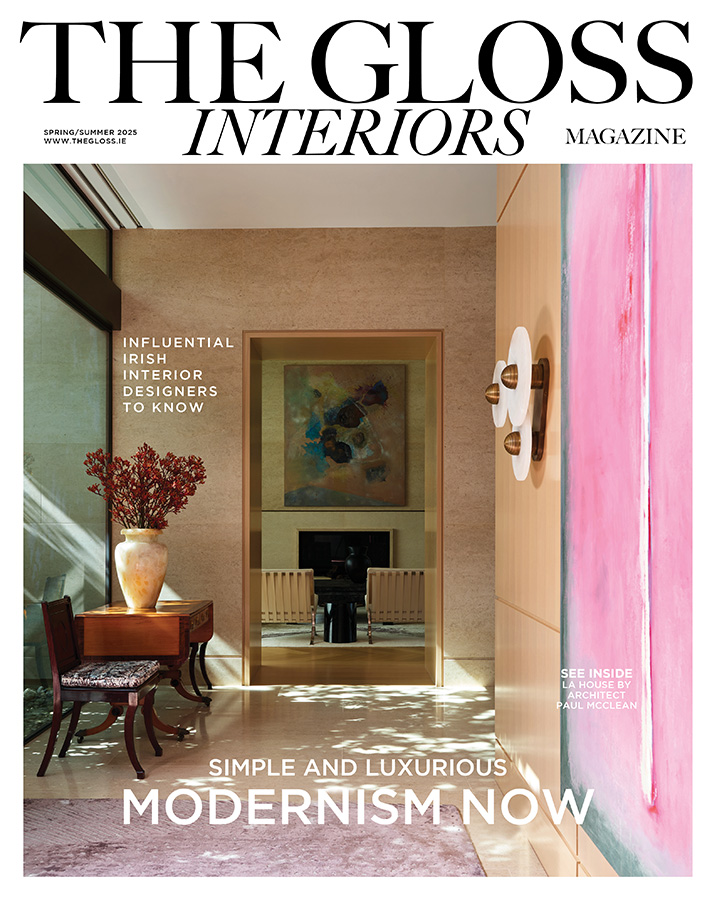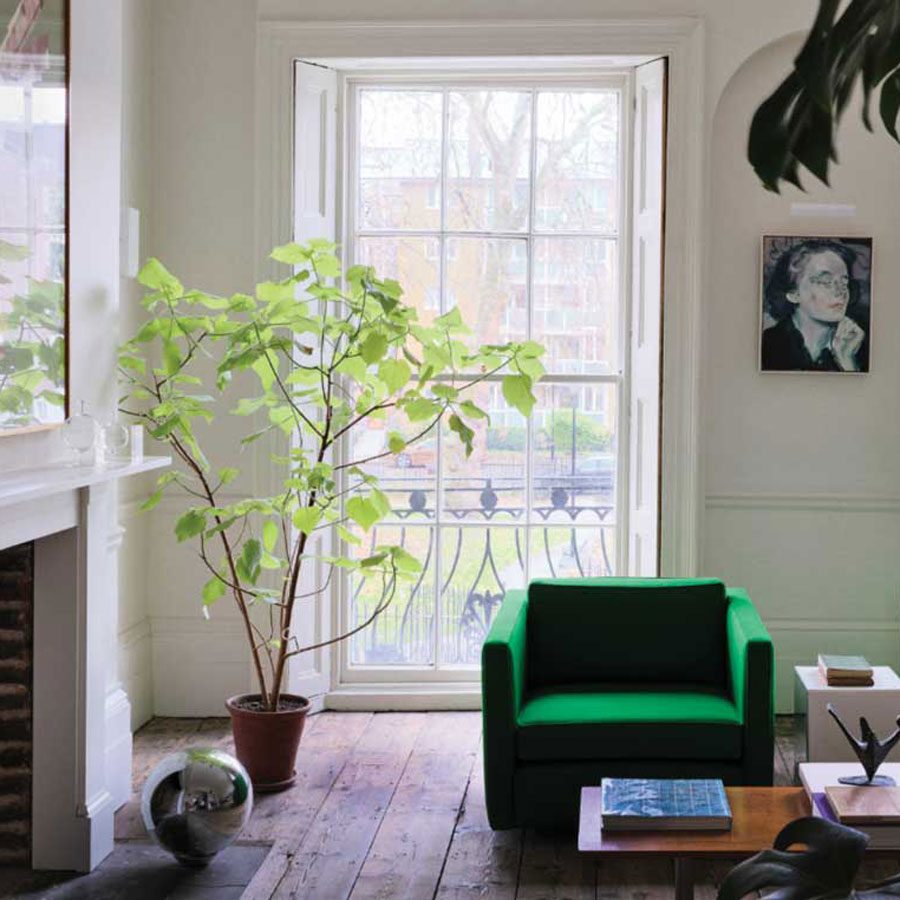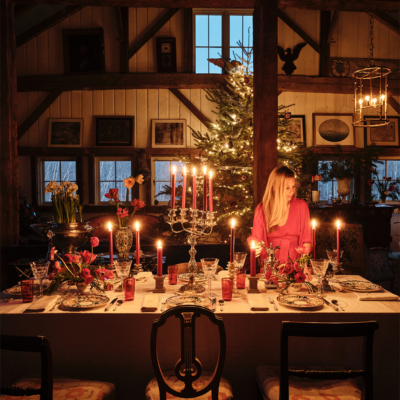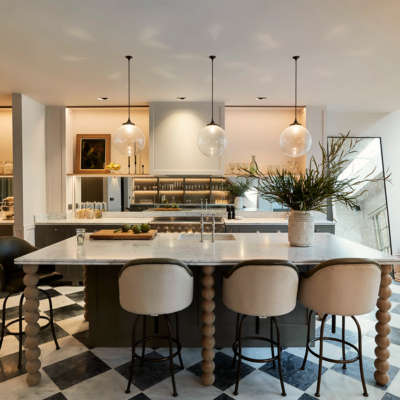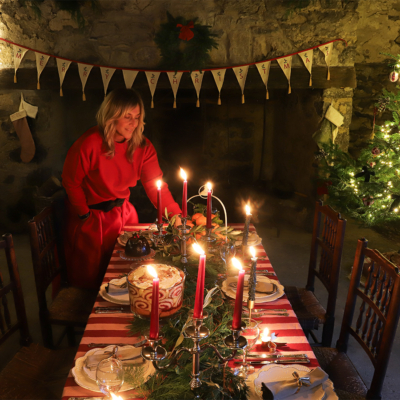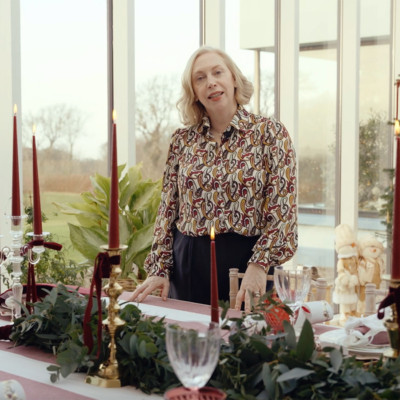The sensitively restored Georgian bones of Erdem’s London home …
Bloomsbury, the intellectual and literary capital of London, brims with bookish charm. This historic neighbourhood, associated with the Bloomsbury group – novelist EM Forster, the biographer Lytton Strachey, the art critic Clive Bell, the painters Vanessa Bell and Duncan Grant and the novelist and critic Virginia Woolf – is characterised by pretty Georgian squares and streets. But, this pocket of London is also exceptionally green. Gordon Square is a great place for a coffee on a bench among the rose bushes and nearby Tavistock Square is where locals go for coffee catch-ups (don’t miss the regal Virginia Woolf bust) and Brunswick Square and Bedford Squares have a summer garden party vibe.
With all the perks of village life, Bloomsbury has long been home to those who champion the art of liberal self-expression through art, literature and fashion and is now home to Erdem Moralioglu, eponymous founder of fashion label Erdem, and his husband, architect Philip Joseph.
Erdem, the half-Turkish and half-British designer, was born in Montreal, where he grew up and took an interest in fashion from a young age. He moved to London in 2001 to attend the Royal College of Art, having been inspired by his mother, who was from Birmingham, to steep himself in British culture and fashion. He interned at Vivienne Westwood and at Diane von Furstenberg in New York before returning to establish his home base and studio in Shoreditch in East London. There he designs his prints, scanning images and wallpapers and using Photoshop, manipulating and layering, until it becomes a uniquely Erdem print. He burns this on to a CD and a few weeks later the fabric arrives from Italy ready to be made into one of his beautiful dresses.
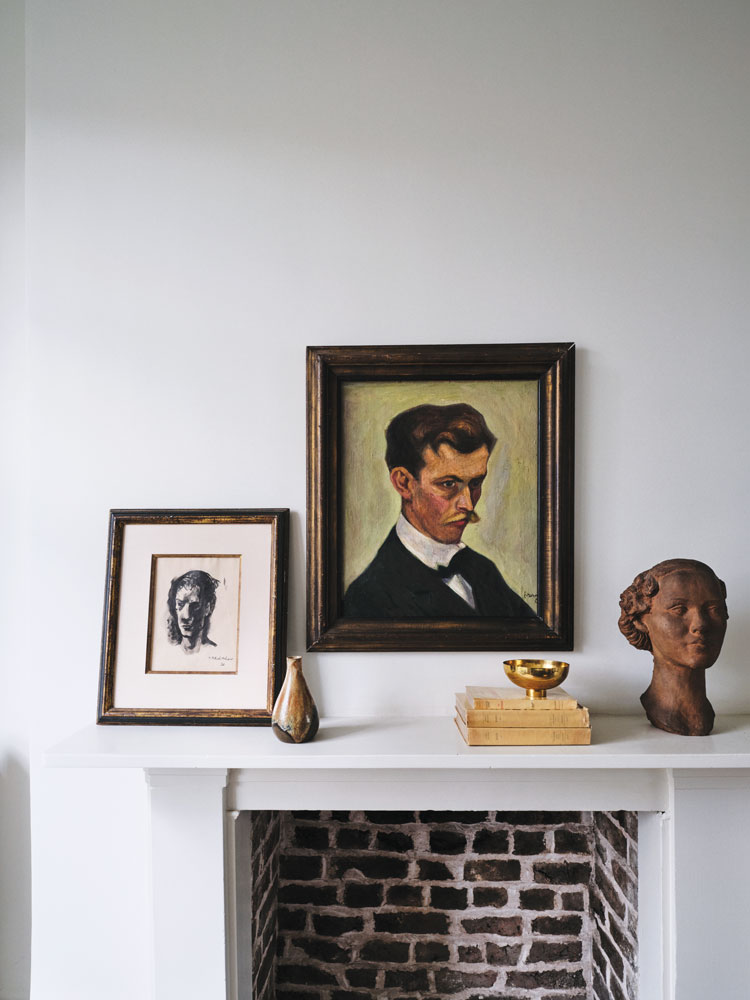
London has always been an inspiration for the designer, and history a deep passion. Erdem’s last collection was born from the discovery of an old plaque near to his house, dedicated to Victorian cross-dressers Frederick Park and Ernest Boulton – otherwise known as Stella and Fanny – who lived as “sisters” in the 1860s. Known for its feminine floral gowns, during the last 17 years of the brand’s existence, the label has reflected references from the fashion of the Regency-era to the styles of the swinging sixties.
Inside the historic Georgian townhouse, Erdem’s talent for blending the past with the present and husband, architect Philip Joseph’s strippedback approach have resulted in a home that is a wonderful backdrop to the couple’s mix of moody paintings, witty drawings, vintage furniture and auction finds.
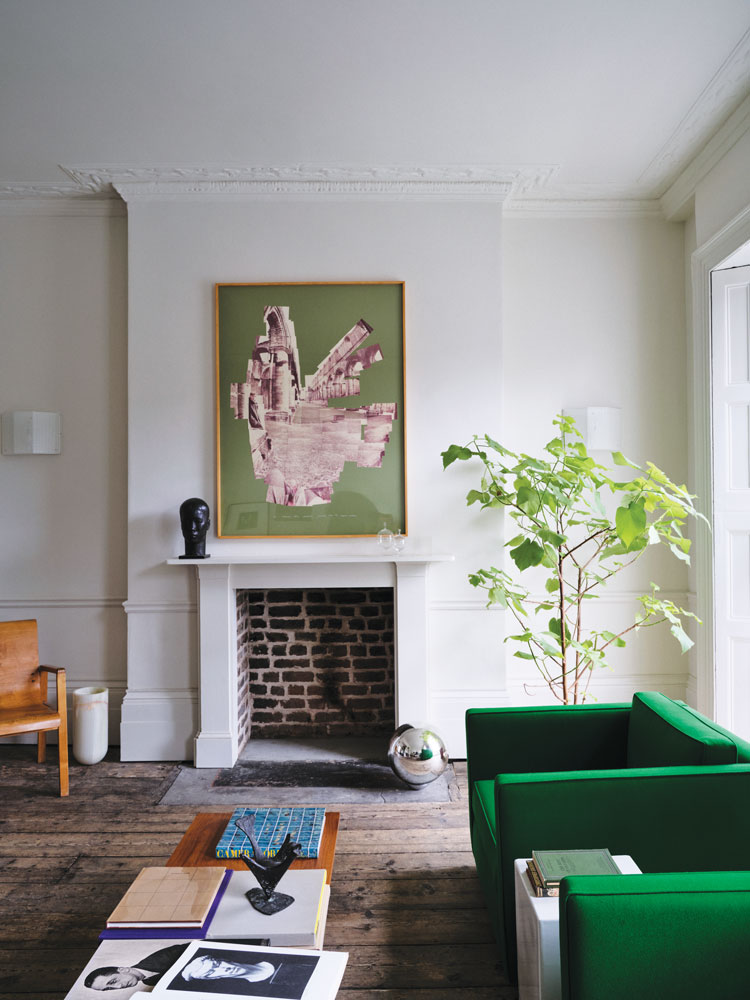
In the calm, uncluttered drawing room where Erdem and Philip spend most of their downtime, bare boards and emerald wool armchairs strike a totally original note. The couple bought Glaze of Desire, a portrait by Kaye Donachie, on the day they got engaged. In true Bloomsbury style, the house is full of intriguing art, from busts to Cecil Beaton sketches.
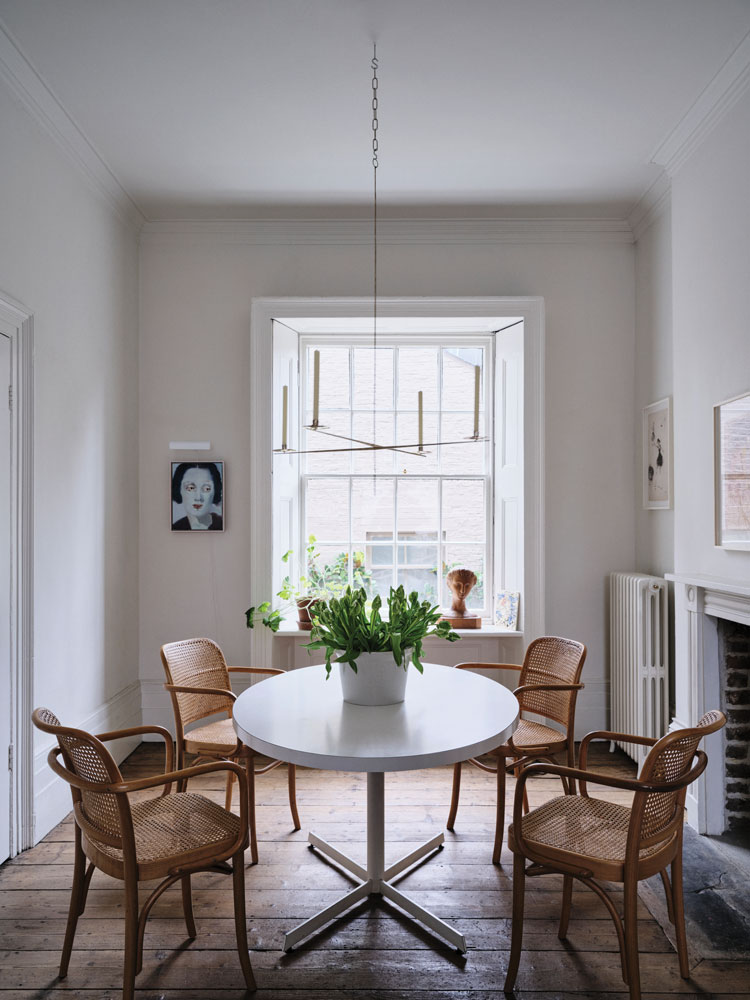
In the dining area, rattan chairs and a simple white table.

Interesting antique books are styled on mantels and shelves.
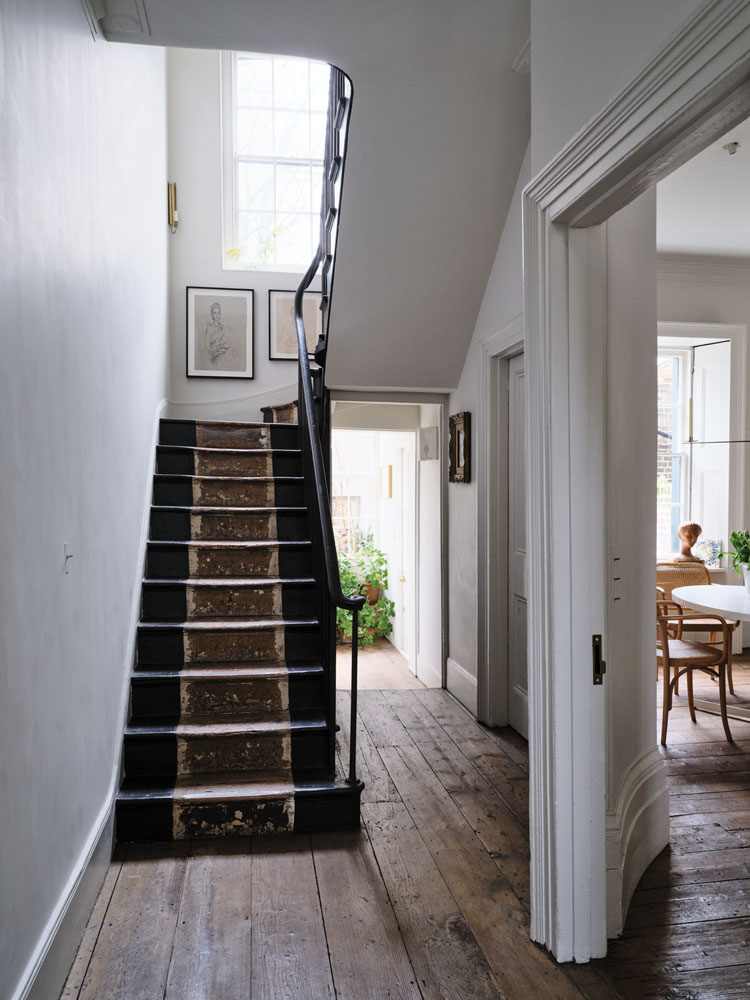
The bare, unpainted floorboards of stairs and hall.

In the kitchen, once the studio of the former owner of the house, artist Duffy Ayers, simple white cabinetry and a stainless steel countertop suit the strippedback mood of the house.
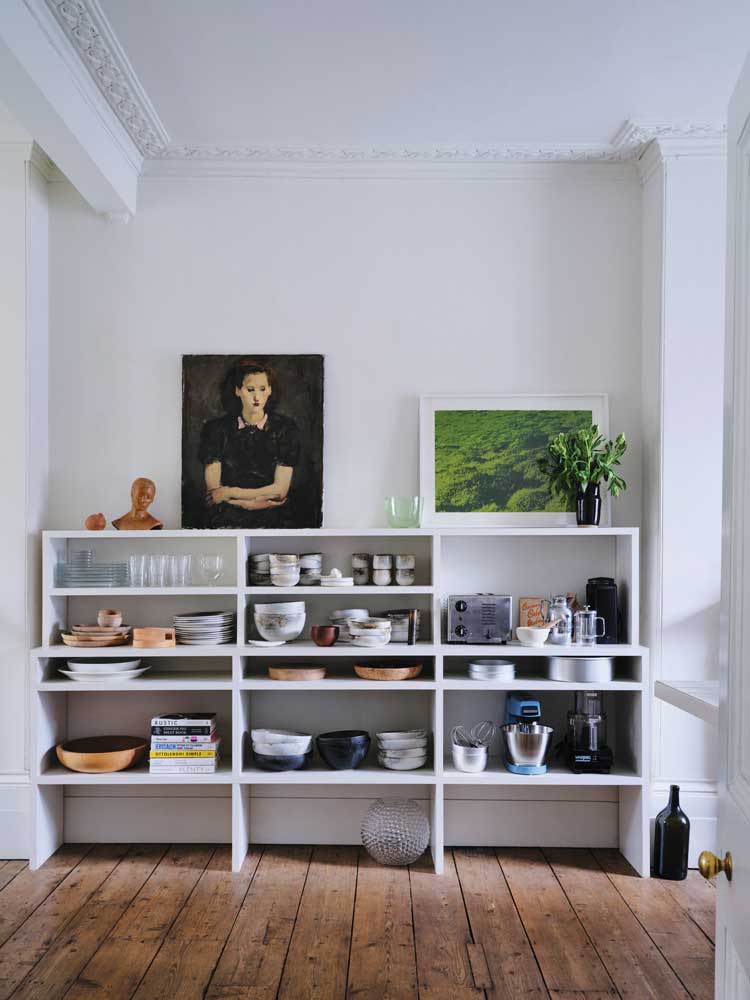
A still life by Ayers hangs over the fireplace.

Much of the charm of the house lies in its effortlessly stylish practicality – kitchen kit and tableware is within easy reach on simple white shelving. A portrait, a painting and a plant counter the utilitarianism.

In the drawing room, exposed brick, rattan, stripped boards and a trailing plant conjure a naturalistic vibe. There are plants and fl owers in every room, no surprise given Erdem’s talent for harnessing the beauty and power of fl oral prints. “Flowers are beautiful, feminine and complex,” he says.
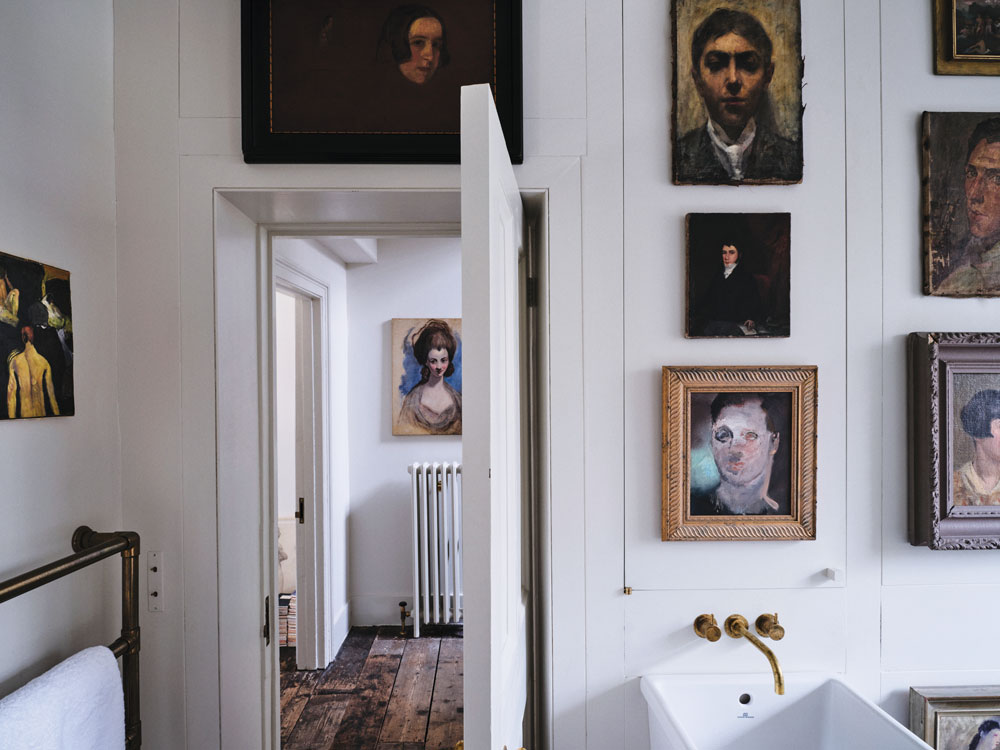
In the bathroom, a wall of portraits, all in different styles and many unframed, is a dramatic feature. “It’s funny lying in the bath with all these faces peering down at you,” says Erdem. The bathroom also features a cool phone booth-style shower designed by Philip (unseen).

The bedroom is simply decorated with art and books and leggy bedside lamps.
Photography by Simon Watson.




